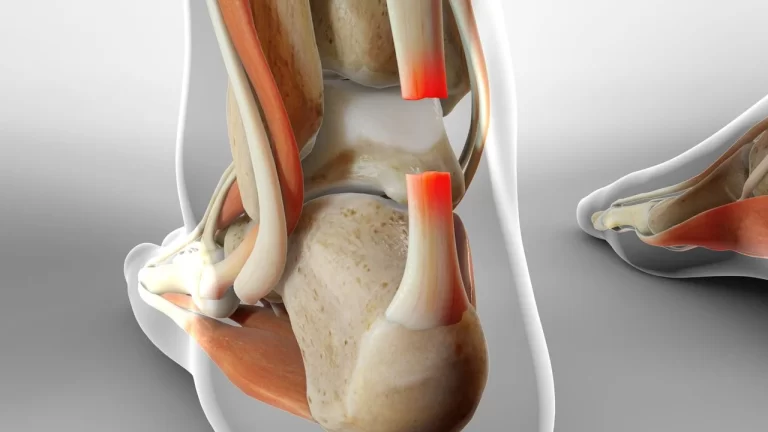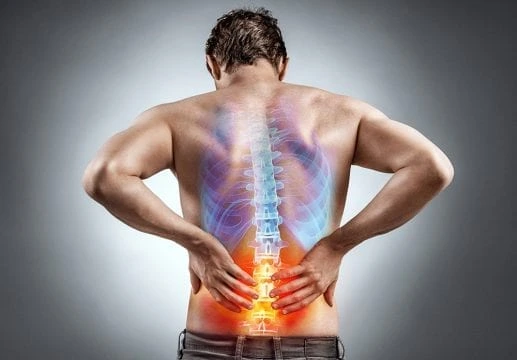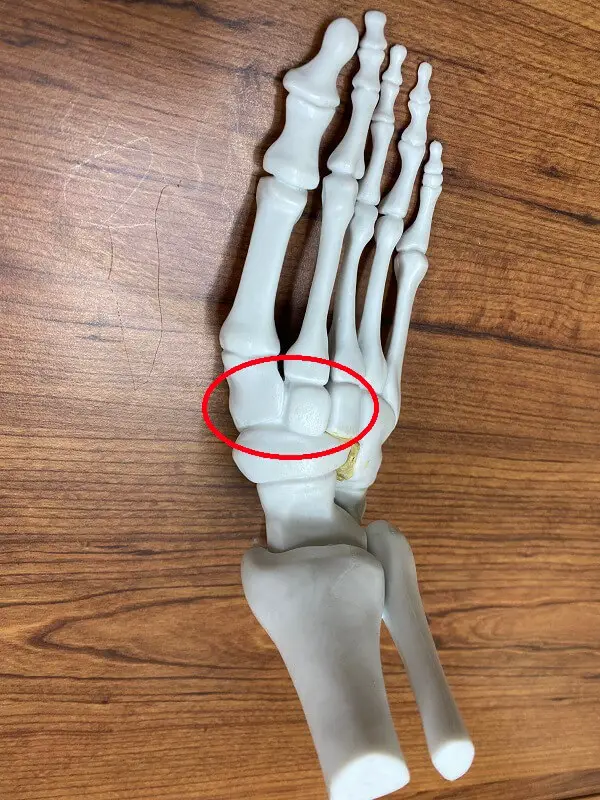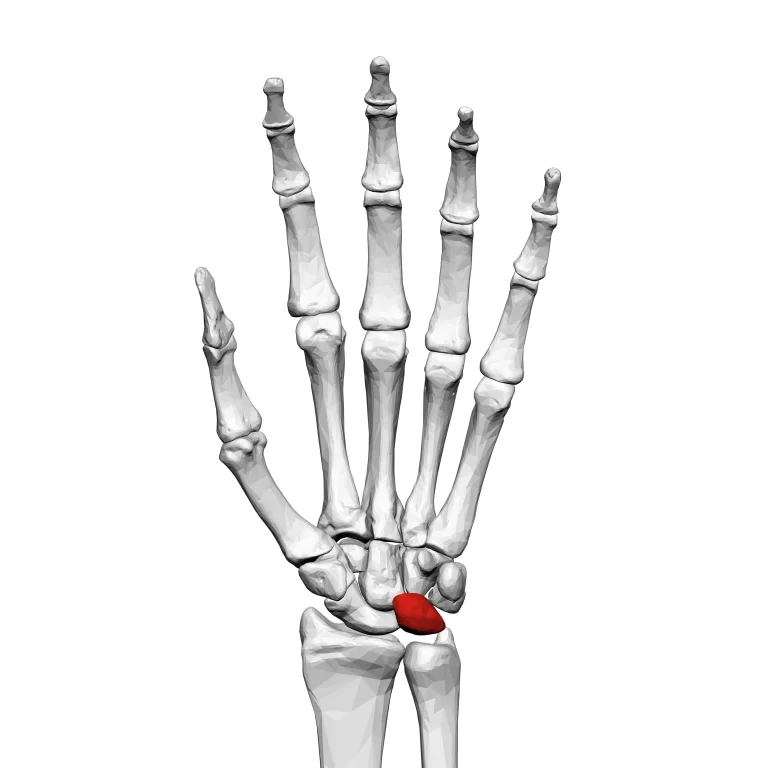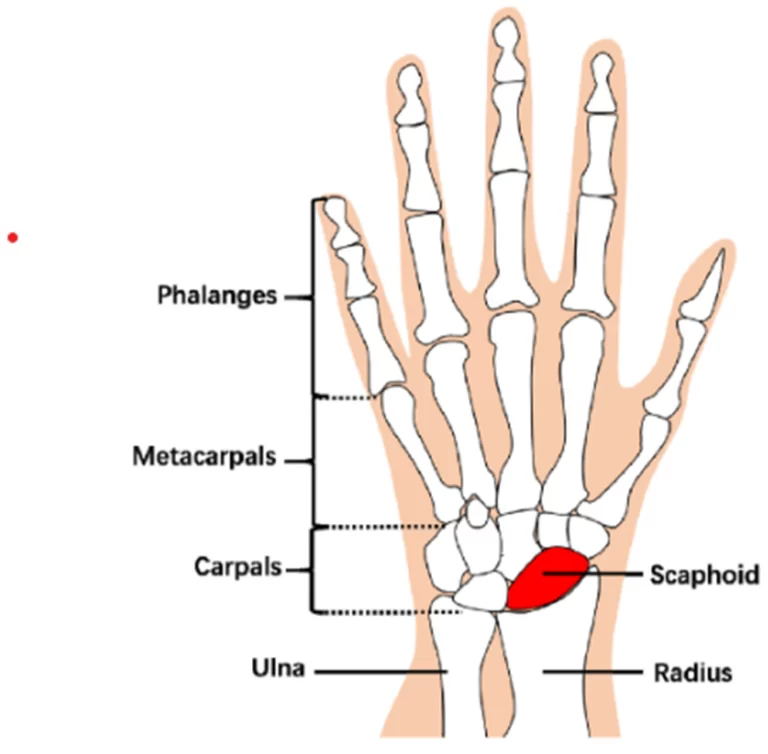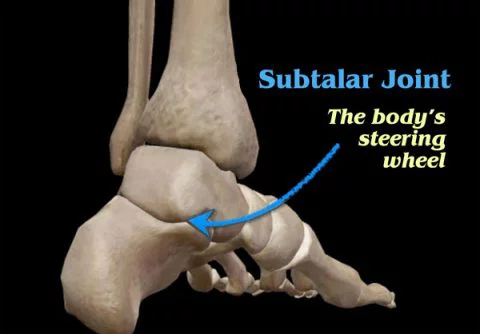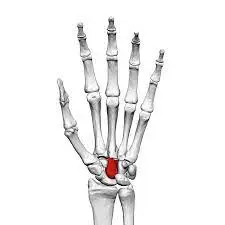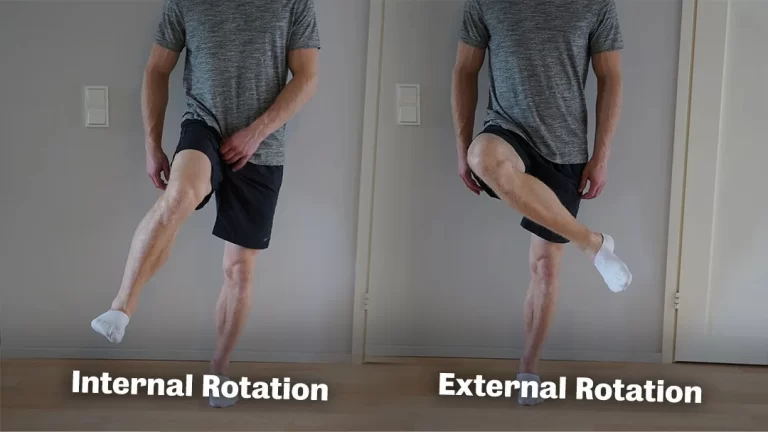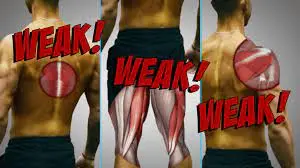Achillis Tendon Rupture
Achilles tendon rupture is a condition where the Achilles tendon, which connects the calf muscles to the heel bone, tears partially or completely. It is a relatively common injury, particularly among athletes and individuals involved in sports that require sudden bursts of acceleration or jumping. What is an Achilles tendon rupture? How common are ruptured…

